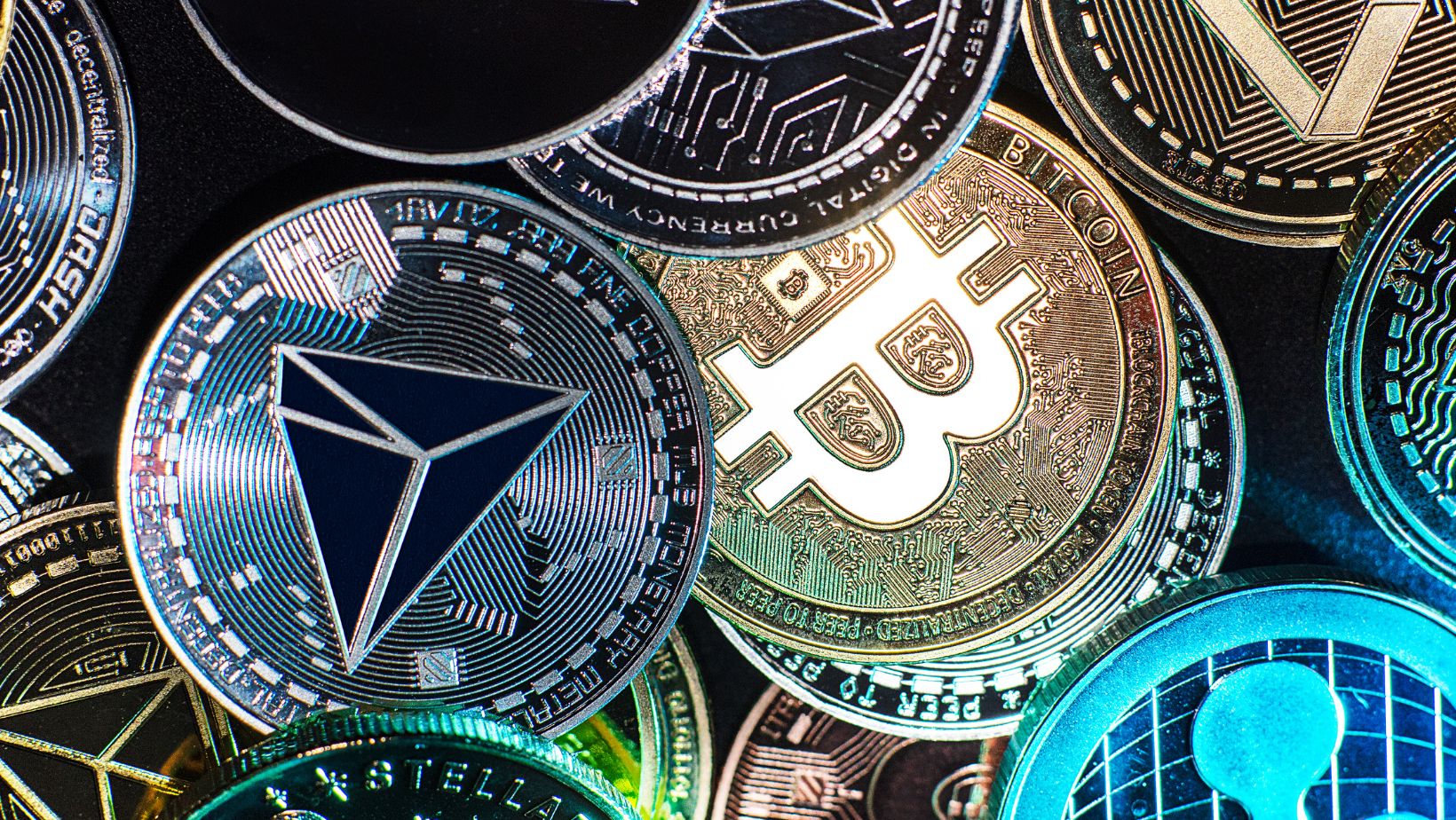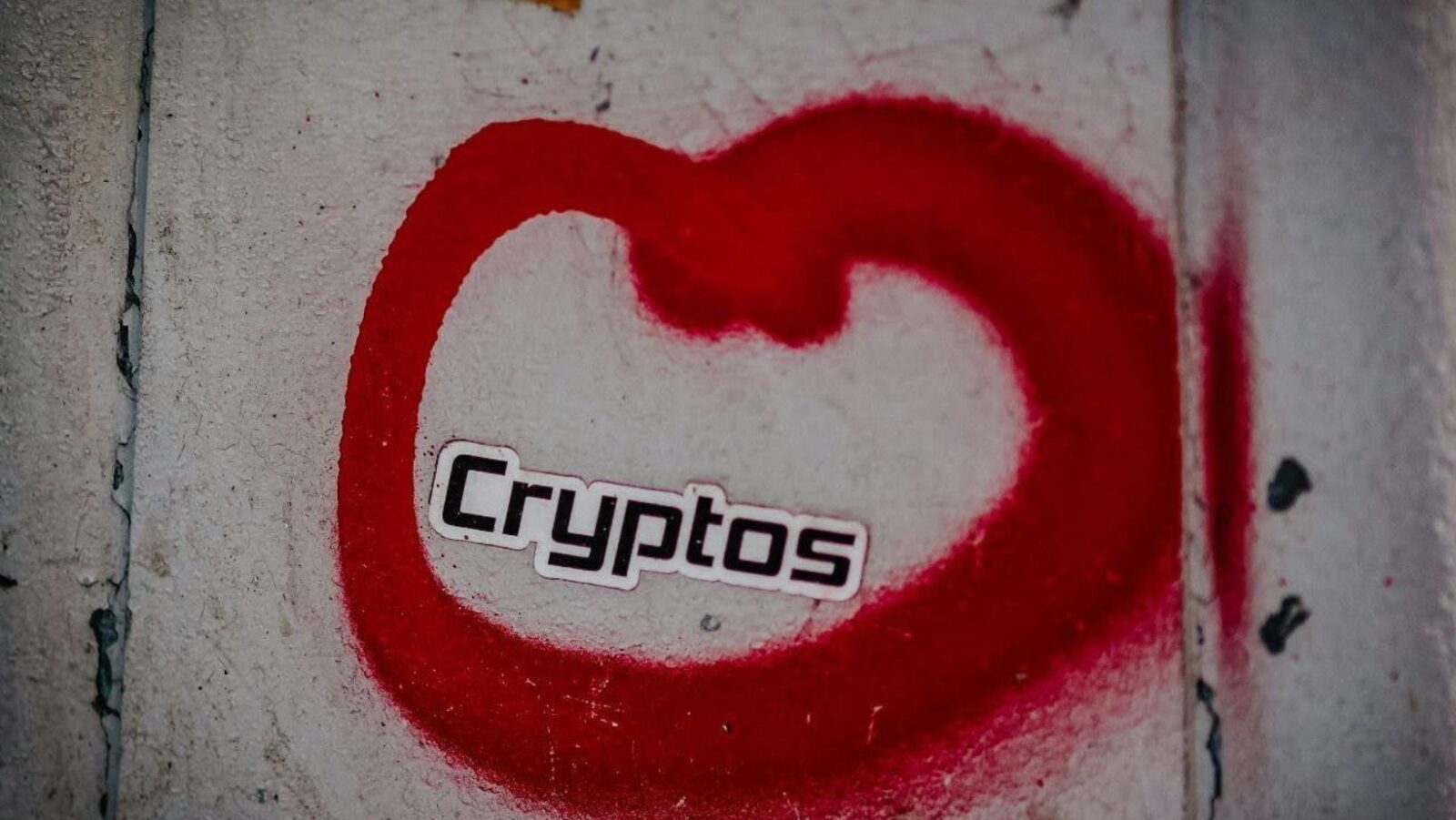The noise of the crypto market can be deafening at times, with all projects swearing to provide the solution for a better future for investors, and every tweet having the power to move a price chart. In this context, Solana has managed to stand apart from other cryptocurrencies as the underdog that refuses to stay in the shadows and has captured a large portion of the public’s attention. While some thought in the beginning that Solana is just another altcoin riding the hype wave, it proved in time that it’s a full-fledged ecosystem, loud, fast, and confident enough to challenge well-known names such as Ethereum.
Now, those trying to figure out its value will easily understand that it’s not a simple game of numbers. It’s actually more a thing of perspective; one has to know how Solana stacks up against other assets. Suppose you have already tried to compare Solana to USD, Bitcoin, or Ethereum, you already know that it plays by its own rules. Let’s explore this idea further.
Table of Contents
ToggleSolana and USD
Every crypto trader, regardless of their blockchain philosophy, will typically evaluate Solana in relation to a classical asset, such as the USD. Now, it’s essential to highlight that its connection to the USD isn’t just about the trading pair, but it’s mostly part of it. It’s about what the dollar stands for, starting with recognition and going to stability, and being a benchmark that defines what value really is on the global market. When the SOL/USD pair moves, it’s more than the movement of a number on a chart, but it tells a story about the market’s pulse and how much confidence the audience has in Solana’s real-world presence.

Through the value of the pair, investors can have a better understanding of the public’s opinion and how they see it as a tech innovation or a speculative thrill. If SOL climbs while the dollar weakens, it’s a signal that the market is choosing risk and growth over safety. But when the dollar flexes its muscle, Solana’s value feels that gravity. Because no matter how decentralized we claim to be, the USD still defines the narrative. For investors, this pair is a mirror. It shows how Solana performs when measured against the world’s financial backbone, not just against other cryptos living in the same digital sandbox. Evaluating Solana in USD terms helps strip away the crypto echo chamber. It’s where hype meets hard currency.
Solana, Bitcoin & Ethereum
When you line up Solana next to Bitcoin and Ethereum, you’re basically comparing a Formula 1 car to a freight train and a research lab. Bitcoin is the slow, heavy legend, the store of value, the safe bet, the digital gold, while Ethereum is the thinker, the programmable network building a new kind of economy. Solana, though? It’s the technician, fast, slick, optimized for throughput. Bitcoin’s value comes from scarcity, and Ethereum’s comes from utility, but Solana’s value comes from speed and accessibility. It’s what you get when you make blockchain work for users who don’t care about ideology; they care about results. That’s why developers and DeFi projects are drawn to it; they don’t have to wait, they can start running the programs directly. But here’s the thing: raw performance isn’t enough. You can be fast, but if you’re not stable, the market will humble you. And Solana’s outages, no matter how infrequent now, still linger in the memories of traders who’ve watched it stall mid-run. To evaluate its real value, you’ve got to weigh that history, the brilliance, and the flaws, and ask yourself whether the tech has learned its lessons.
Solana versus all the other altcoins
In a sea of thousands of altcoins, most fade into noise, but Solana hasn’t, and that alone says something. It sits in that rare space where both traders and developers care. It’s fast enough to feel futuristic and stable enough (these days) to be practical. It’s not trying to replace Bitcoin or dethrone Ethereum, but it’s carving its own lane. And that’s exactly how you evaluate it: not as a copy, but as an alternative vision of what blockchain could be.
When comparing Solana to other assets, the question is, does it bring something different to the table? The answer is that it brings speed, accessibility, and user experience.
Solana can be named the wild card of crypto
Solana is the speed freak of blockchain. Transactions fly through in seconds, fees cost almost nothing, and the whole thing runs like it’s powered by caffeine and ambition. That kind of power creates both hype and doubt. Because when something moves that fast, people ask: Can it keep up without breaking? Its value, then, isn’t just in the numbers on an exchange, it’s in the promise of efficiency. It’s in how much belief the market places on a chain that dares to move quicker than anyone else. Evaluating Solana means understanding what it offers beyond speculation: speed, scalability, and an open invitation to build. It’s not just a network, it’s a vibe, a message to the market that maybe crypto doesn’t have to choose between high performance and decentralization.
The market psychology behind Solana’s valuation
Numbers don’t tell the full story, but people do. Solana’s value rides on community confidence, and that’s something no chart can fully capture. When traders trust the ecosystem, prices move faster than logic can explain. When fear hits, the drops feel personal. This isn’t just about fundamentals, it’s about emotion. Solana attracts builders who like risks and traders who crave volatility. It’s a coin that rewards energy, not patience. That’s why it always has that sense of adrenaline about it, the constant feeling that something’s about to happen. And when the market starts buzzing with talk about new Solana-based games, DeFi protocols, or token launches, that energy converts directly into perceived value. Because in crypto, momentum equals money. So evaluating Solana isn’t about calculating future earnings; it’s about reading the mood. It’s about feeling where the narrative is headed.






